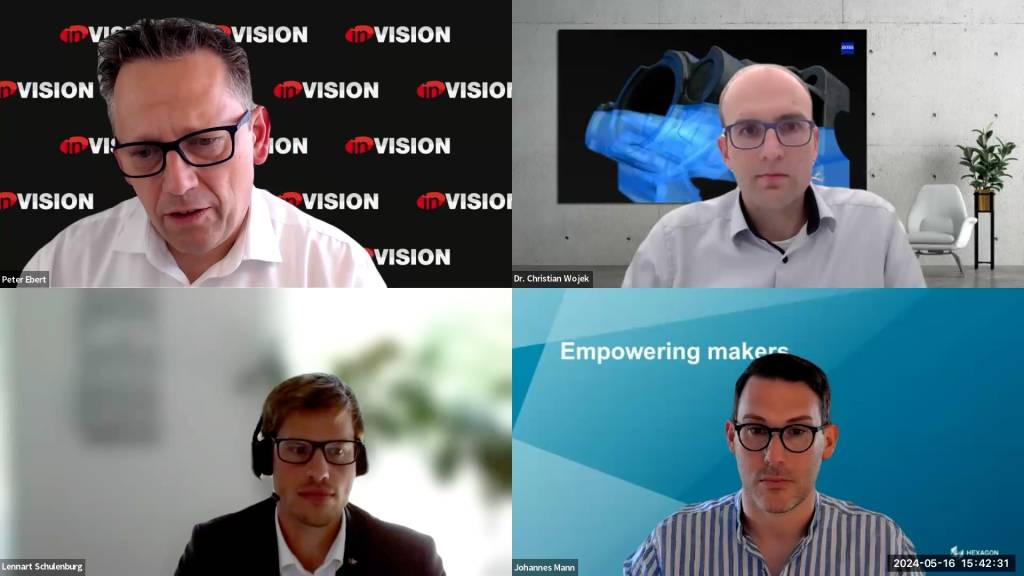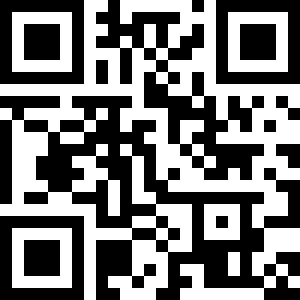
Is AI already being used in metrology applications and if so, where?
Dr. Christian Wojek (Zeiss IQS): We at Zeiss are already developing a wide range of applications with AI and have been dealing with the topic for several years. Microscopy was one of the starting points. We have applications such as layer thickness measurement, particle detection in technical cleanliness or grain analysis. Recently we have been working on noise reduction for X-rays. We also carry out CT and X-ray inspections of weldings for various applications. Porosity is one of the most obvious phenomena in castings. And last but not least, we find in NDT inspection particles or defects in all applications thanks to AI.
Lennart Schulenburg (VisiConsult): AI already is a very powerful tool, especially for defect detection. It will become more and more adopted to support operators in creating trajectories, measurements plans, but also in accessing information. We tend to mostly think about the analytical side of AI, but also the generative side will have huge potential in the near future.
Johannes Mann (Hexagon): AI makes knowledge more accessible to everyone, as it is particularly about metrology which is a very demanding area. AI is also used in data acquisition, which will allow us to collect and process data better, but also speed up or simplify subsequent data analysis.

What are the challenges, especially for the user, when AI is used?
Mann (Hexagon): AI is as good as the training material. Depending on the quality and ground truth of the material, different results arise. If we look at the metrology aspect, we know that when I measure something, the accuracy I get is the part as I measure it and the measurement inaccuracy. It is very difficult for AI to define a specific inaccuracy for the metrology system itself.
Schulenburg (VisiConsult): In metrology and NDT we must measure precisely. When using generative AI there is always a risk of inserting something into the measurement data that was not in the particular scan but rather the training data. Especially if it was used for reconstruction or denoising purposes. That doesn’t mean that AI doesn’t work for these use cases. It has its merits, and it can improve results, but we have to be careful. At VisiConsult we design experiments around each application of such tools to verify that there are no so-called hallucinations in the results. A huge challenge for analytical AI for defect detection is the need for massive volumes of labelled data. This creates a sizable hurdle for the implementation of AI for companies. Our company has moved away from a use-case-specific training and has developed big foundation models. These are pre-trained models that are trained on several hundred thousand labelled scans. This significantly reduces the effort in creating a specific model by just finetuning it on a small dataset.
Wojek (Zeiss): Especially when we focus on demanding applications, like high noise levels, fast cycle times, very dense materials…, we see great benefits with AI. This is very tricky for traditional algorithms, but it absolutely depends on the quality of the data. What is important is to have tools for efficient annotation to obtain high quality data. If there are bad data in the models, the results can’t be great.
Is AI for the users or is it more for companies to get better systems and the users don’t see that they are using AI?
Schulenburg (VisiConsult): AI is not a simple technology, and developing AI tools requires data science background knowledge, lots of data, and a significant investment of time. That is nothing we want to place as a burden on our users. It should be a simple plug-and-play solution that is very easy to finetune in the field. Simplicity is key, because our customers are metrologists, quality inspectors and so on. They are not data scientists or programmers. That’s the main reason for our company to invest a lot into our foundation models that can be applied for the most common inspection tasks out of the box.

